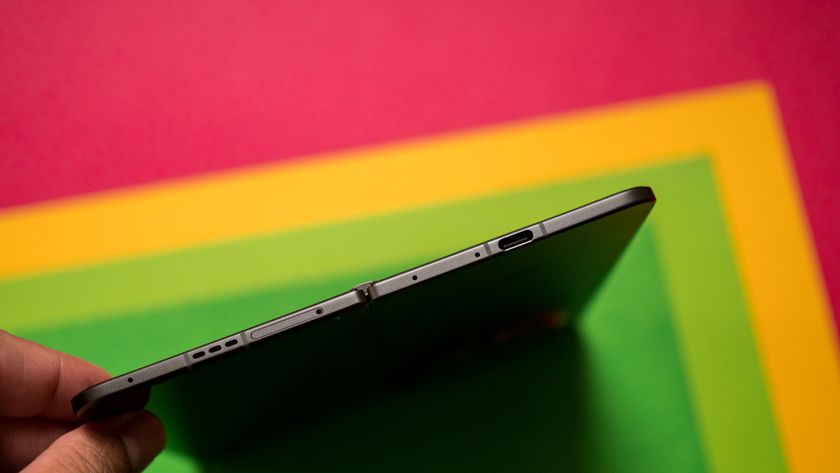Google reveals hardware requirements for Daydream VR

We know Google's Daydream VR experience, introduced in Nougat, requires some pretty beefy technology to run, but so far the exact hardware and software requirements have eluded us. They're now laid bare in the new Android 7.0 Compatibility Definition Document, which shows in great detail the criteria a phone must meet in order to run in "high performance" VR mode.
The documents go into fine detail on exact numbers to do with display latency, video capabilities as well as OpenGL features, but the condensed version is basically as follows:
- Bluetooth 4.2 LE
- Display between 4.7 and 6 inches
- Resolution at least 1080p @ 60Hz display with 3ms or less latency and 5ms or less persistence. (Quad HD or higher recommended.)
- OpenGL ES 3.2 and Vulkan
- Able to decode 2 instances of 60fps video simultaneously
- Consistent 60fps rendering
- Temperature sensors capable of reading device surface temperature
This doesn't exactly make it simple to work out if a phone will support Daydream based on a spec sheet alone, since properties like display latency aren't shown in your average spec sheet. (Kind of a moot point as Daydream-ready devices are advertised as such.) Nevertheless, it's interesting to see the exact numbers Google's holding device manufacturers to.
It's interesting to note that the just-launched Huawei Mate 9 just about meets the spec with its 5.9-inch 1080p display, whereas a smaller, higher-res phone might not be Daydream-ready because of the display latency or sensor requirements.
In any case, the only Daydream-ready phones you can actually buy right now are the Google Pixel and Pixel XL and Moto Z. The ASUS ZenFone AR, revealed at CES 2017, does not yet have a pricetag.
Be an expert in 5 minutes
Get the latest news from Android Central, your trusted companion in the world of Android

Alex was with Android Central for over a decade, producing written and video content for the site, and served as global Executive Editor from 2016 to 2022.


